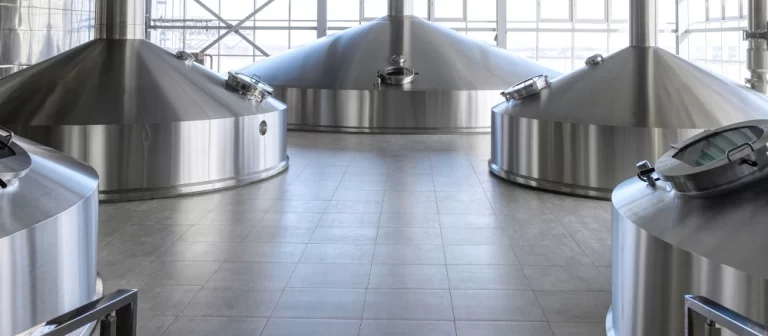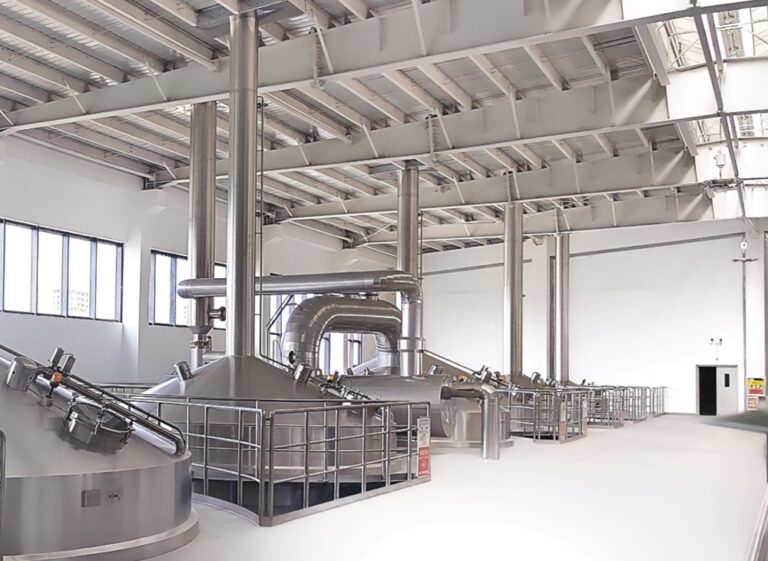In a typical microbrewery setup, the mashing room is generally equipped with two or three multi-purpose mashing vessels. For larger brewing operations, a more comprehensive “three kettles and one vessel” layout is standard, consisting of a mashing kettle, liquefaction kettle, boiling kettle, lauter tun, and whirlpool tank. To enhance daily brewing capacity, a temporary wort storage tank is also included—this unit holds first wort when the boiling kettle is still in use.

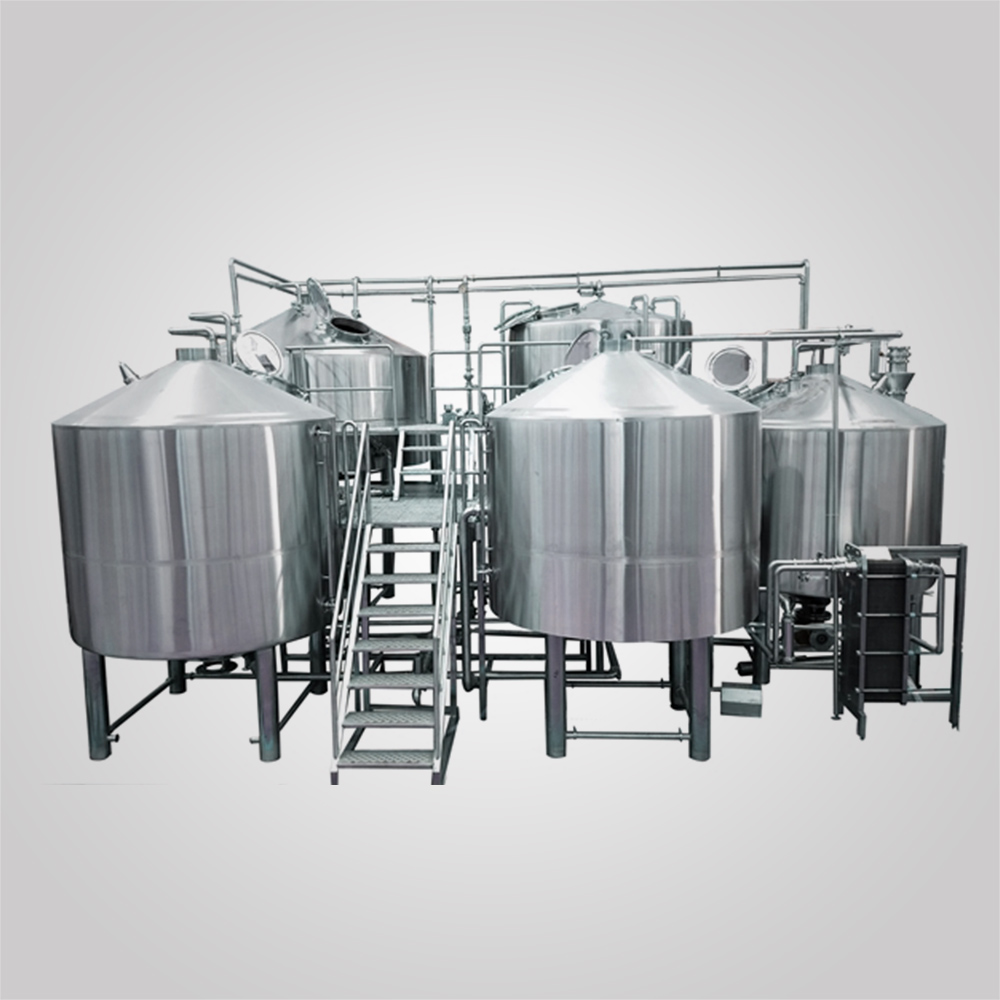

Vessel sizing is determined by production requirements. For every 100 kg of malt input, the approximate vessel capacities are as follows:
Mashing kettle: 600–800 L
Boiling kettle: 800–900 L
Liquefaction kettle: 400–500 L
Lauter tun: 600–800 L
Wort temporary storage tank: 300–400 L
The mashing room facilitates four core brewing stages: mashing, lautering, boiling, and whirlpooling. During mashing, malt enzymes convert starches into fermentable sugars. In industrial breweries, this stage typically involves both a liquefaction kettle and a mashing kettle—vessels that are similar in type and structure but serve distinct roles.
The mashing kettle is designed to break down malt starches and proteins. It blends malt wort with pre-liquefied adjuncts and maintains precise temperatures to promote starch conversion. In contrast, the liquefaction kettle is mainly used in large-scale beer production to heat and boil adjuncts like rice along with portions of malt wort, supporting starch liquefaction and gelatinization.
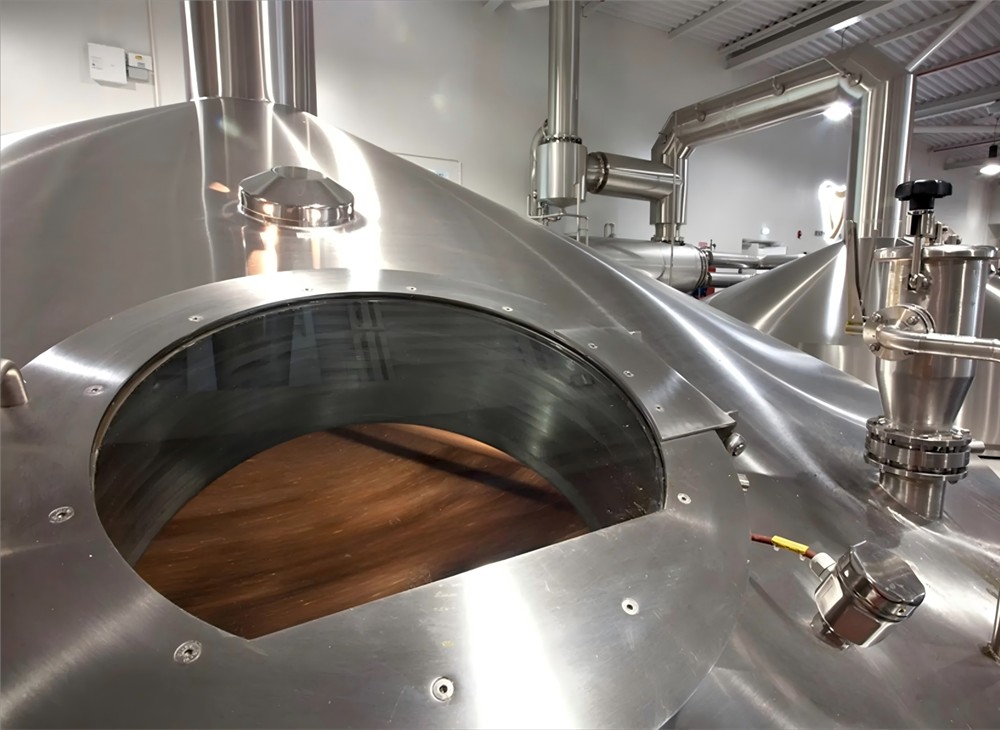
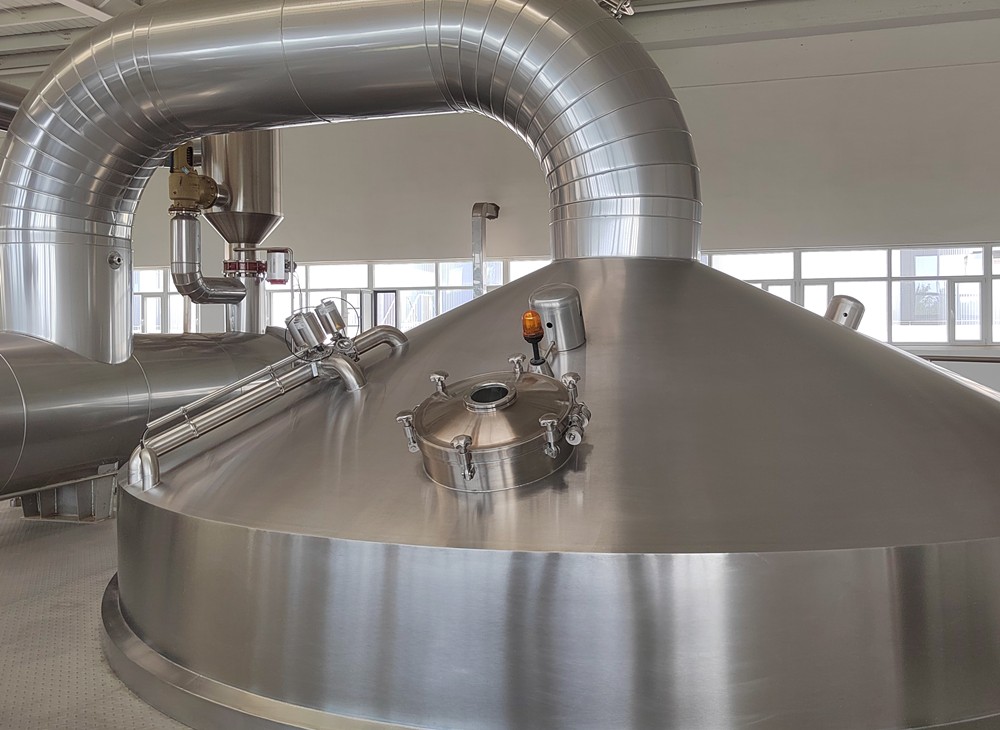
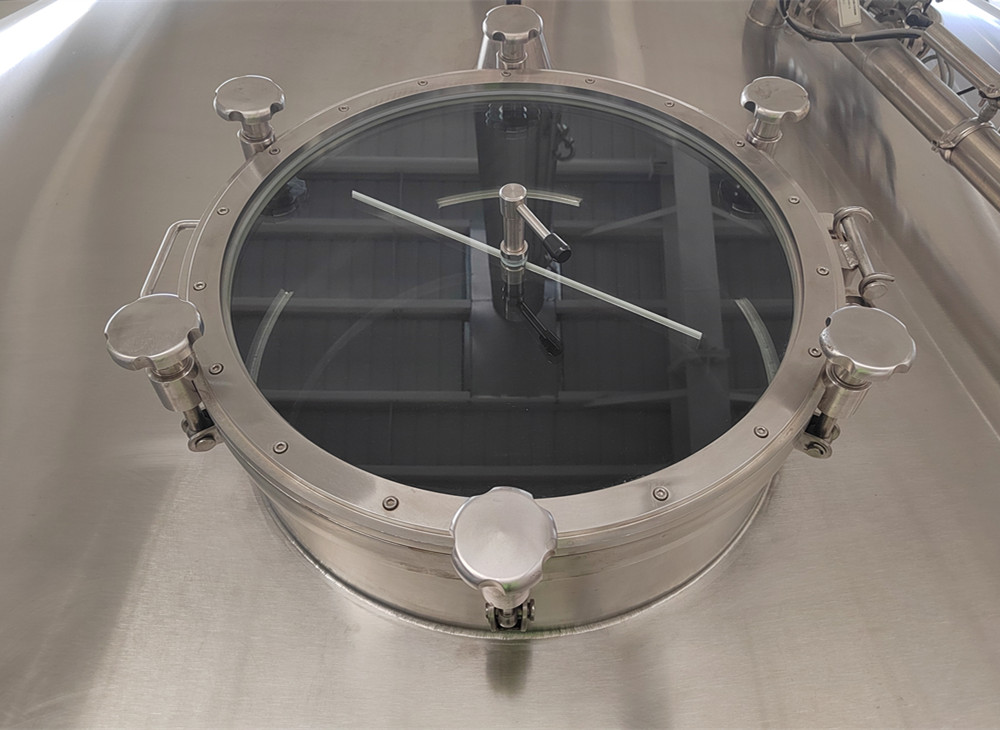
Interested in optimizing your brewery layout?
At Tiantai, we not only supply high-quality brewing equipment designed for exceptional flavor but also help you optimize system configuration, maximize uptime, and minimize product loss.
Reach out today to learn how we can support your brewing success!
Hubert
Email: [email protected]
